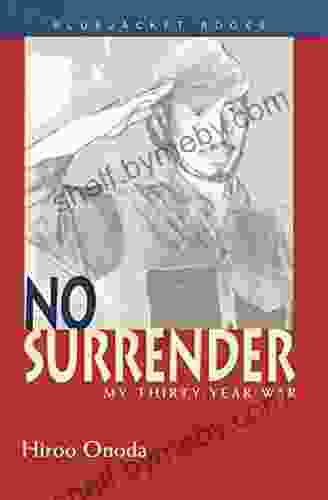: A World of Icons
In the tapestry of human history, images have played a pivotal role in shaping our beliefs, values, and experiences. From the revered icons of religious traditions to the ubiquitous logos of consumer brands, images have the power to transcend the boundaries of language and culture, becoming enduring symbols that resonate with us on a profound level.
In his seminal work, "Christ to Coke," Roland Barthes, the renowned French semiotician, embarks on an intriguing exploration of how ordinary images are transformed into icons. Through a series of insightful case studies, Barthes delves into the intricate processes by which images acquire their iconic status, examining the interplay of cultural, historical, and psychological factors that contribute to their enduring appeal.
4.9 out of 5
| Language | : | English |
| File size | : | 5838 KB |
| Text-to-Speech | : | Enabled |
| Screen Reader | : | Supported |
| Enhanced typesetting | : | Enabled |
| Print length | : | 393 pages |
| Lending | : | Enabled |
From Religious Symbols to Corporate Logos
Barthes begins his analysis by examining the evolution of religious icons, focusing on the image of Christ as a prime example. He argues that the image of Christ has undergone a remarkable transformation over the centuries, from its origins as a simple symbol of faith to its current status as a powerful icon that transcends religious boundaries.
Through a close examination of religious art and popular culture, Barthes reveals how the image of Christ has been shaped by cultural and historical forces. He shows how the image has been adapted and reinterpreted to reflect the changing values and beliefs of different societies, becoming a potent symbol of hope, sacrifice, and redemption.
Barthes' analysis extends beyond religious imagery to encompass the realm of consumer culture. He explores the rise of corporate logos as icons, arguing that these symbols have taken on a similar level of power and significance as religious icons. Through case studies of iconic brands such as Coca-Cola and Nike, Barthes examines how corporate logos have become embedded in our collective consciousness, symbolizing not only products but also values, lifestyles, and aspirations.
The Power of Myth and Narrative
Central to Barthes' theory of iconic imagery is the concept of myth. He argues that icons are often associated with powerful myths and narratives that give them their emotional resonance and cultural significance. In the case of Christ, the myth of his life, death, and resurrection has played a crucial role in shaping the iconic status of his image.
Similarly, Barthes shows how corporate logos often tap into existing myths and narratives to create a sense of connection and belonging among consumers. For example, the Coca-Cola logo evokes nostalgic memories of childhood and family, while the Nike swoosh represents the pursuit of athletic excellence and personal achievement.
The Role of Mass Media
Barthes also emphasizes the crucial role played by mass media in the dissemination and popularization of iconic images. He argues that the proliferation of images through print, film, television, and the internet has accelerated the process of iconization, allowing images to reach a wider audience and become deeply ingrained in our cultural landscape.
Barthes explores how mass media has contributed to the transformation of Christ's image from a sacred object of devotion to a ubiquitous cultural symbol. He also examines how the media has played a key role in the creation and dissemination of corporate logos, turning them into instantly recognizable icons that transcend national and cultural boundaries.
The Impact of Icons on Culture and Society
Barthes concludes his analysis by exploring the profound impact that iconic images have on culture and society. He argues that icons have the power to shape our perceptions, influence our behavior, and reinforce social norms.
Through case studies of iconic images from both religious and secular contexts, Barthes demonstrates how icons can mobilize emotions, foster collective identities, and perpetuate cultural values. He also examines the potential dangers of iconic imagery, showing how icons can be used for manipulation, propaganda, and the perpetuation of stereotypes.
: The Enduring Power of Icons
"Christ to Coke" is a seminal work that provides a fascinating insight into the power of iconic imagery. By exploring the evolution of images from religious symbols to corporate logos, Barthes reveals the complex interplay of cultural, historical, and psychological factors that contribute to the creation and enduring appeal of icons.
Barthes' analysis is as relevant today as it was when he first published his work in 1964. In an era where images dominate our communication and shape our understanding of the world, it is more important than ever to understand the power and influence of iconic imagery.
By exploring the transformative journey of images from ordinary objects to iconic representations, "Christ to Coke" offers a unique perspective on the role of images in shaping our lives and our culture.

























































































